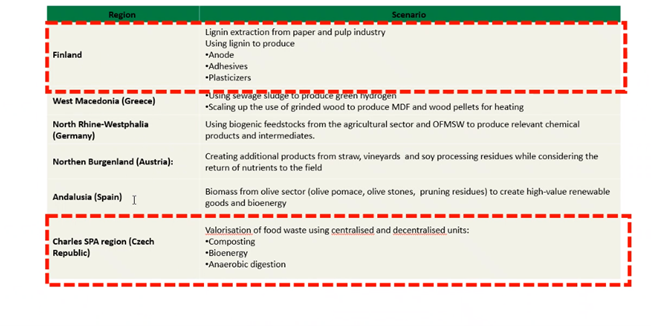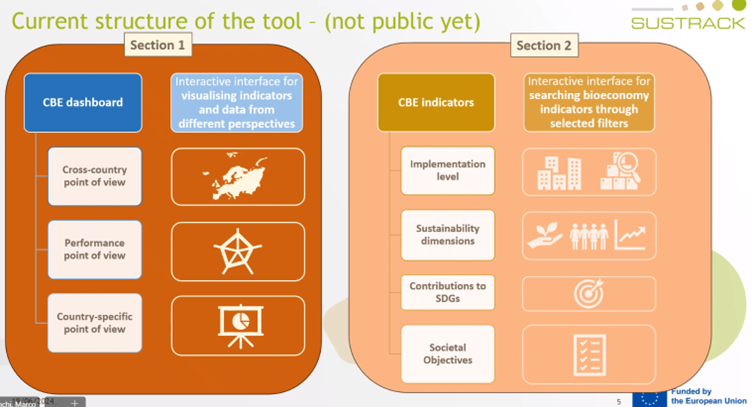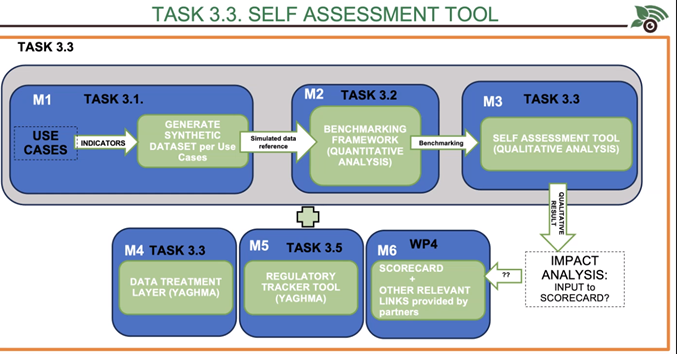On the 19th of June, CTA representing BIOTRANSFORM organised together with FVA an internal working group with the BIORADAR and SUSTRACK projects to discuss about their views on monitoring tools for circular bioeconomy (CBE) progress.
BIOTRANSFORM reported the following regarding Work Package 2 (WP2) developments: Work has progressed with the assessment framework to find the most suitable pathway for biomass in the transition. The six (6) suggested steps are:
- Selection of a regional transition pathway
- Creation of a bioeconomy scenario using tools
- Environmental impact assessment with LCA
- Assessment using key indicators and internalising environmental cost
- Social impact assessment
- Production of a sustainability assessment
For each case-study region, we consider 3 transition pathways to produce 3 different products as seen in the figure below. The presentation focused more on the Finnish transition scenario and details on the various indicators used to select the best pathway.

SUSTRACK is developing a monitoring tool for researchers and policymakers which facilitates access to available resources, supports understanding of good management for the transition to a CBE, elicits the connections between indicators, Sustainable Development Goals (SDGs) and benchmarks.
The tool is currently powered by the database developed by the JRC for the EU bioeconomy monitoring system, but in the future, it may be possible to integrate additional data if reliable and relevant (official data providers to guarantee robustness and data available on consistent basis overtime in a good number of territories to guarantee representativeness and relevance.
The two (2) main section of the tool are :
- a dashboard allowing to visualise indicators and data from different perspectives, namely observe a cross-country point of view, also comparing two different indicators, performance point of view with spider charts across several strategic area of bioeconomy, and country-specific point of view;
- an interactive interface for searching bioeconomy indicators through filters on different dimensions.

Currently the tool is hosted in a website, but it’s not public yet.
The SUSTRACK tools will be presented during the DESIGN conference in September, where the public will be invited to contribute by suggesting other possible indicators.
For the future, some developments and improvements are foreseen:
- Refine code and methods;
- Establish connections with SDGs;
- Integrate additional data when available;
- Develop the panels still pending;
- Enable case-specific analysis by allowing users to upload data;
- Generate downloadable summary report.
The BIORADAR project presented its’ self-assessment tool, which will probably be the outcome for end users, incorporating the benchmarking results. The project will further develop other tools as well, like the M6 (SCORECARD, linking with SDGs) and the policy tracker tool (overview of policies, standards, guidelines and directives) that exists across different fields (first textile, fertilisers and packaging, collaboration with JRC and BIC).




